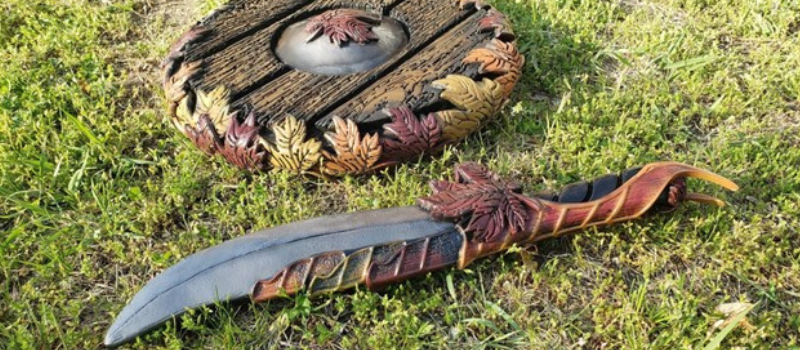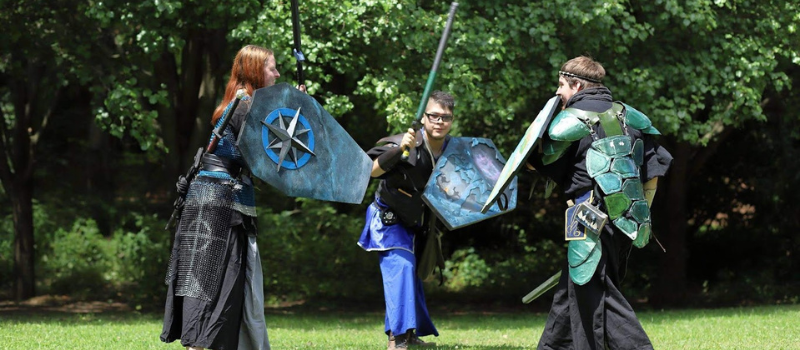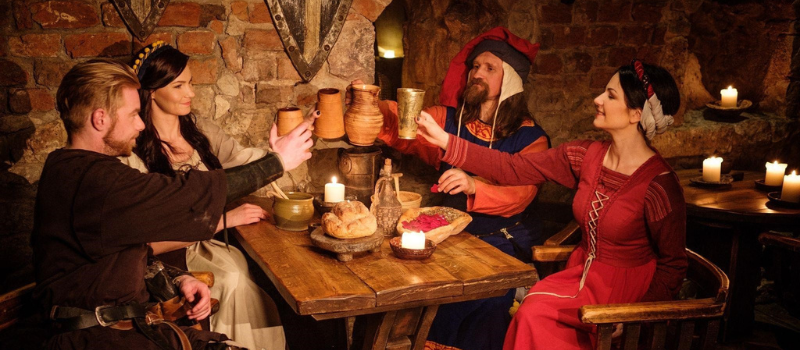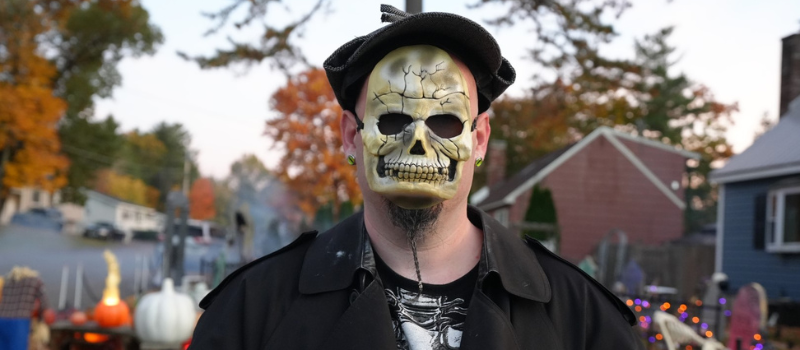How Many LARP Characters Can We Kill This Weekend?

Obviously our title is a bit tongue in cheek. Plot teams should be trying to entertain players with well written plots and storylines, not killing off their characters. Of course that doesn’t mean you can’t or shouldn’t kill any of them. It just means that the plot team needs to plan for the death mechanics if that is applicable in your game and any possible player feedback.
In this blog we will explore what plot should consider when statting an encounter or module.
Statting Your NPCs Can Be Challenging
We are all familiar with large town wide field fights where PCs challenge a wave of recycling NPCs. It's a kind of orchestrated chaos with healers and casters, “backpacking” fighters to meet some all important global objective.
Statting NPCs for large field fights is relatively easy. Statting NPCs for individual plots/ encounters can be challenging.
To make a battle challenging, while also ensuring your PCs still have fun, you need to consider more than combat and weapon skills.
 How many Healers are attending the weekend?
How many Healers are attending the weekend?
 Are there enough Rogues to disarm all the traps?
Are there enough Rogues to disarm all the traps?
 How many Life spells do the characters have?
How many Life spells do the characters have?
 Is Mary Smith (a player with a character critical to the plot) playing this weekend?
Is Mary Smith (a player with a character critical to the plot) playing this weekend?
 Do we have enough Elemental Ritualists registered to handle the big magical key to the final encounter?
Do we have enough Elemental Ritualists registered to handle the big magical key to the final encounter?
Statting your NPC starts with knowing what level your PC characters are and specifically knowing what the skills are of the PCs attending the upcoming event. Building encounters that have battle mechanics that scale based on the number of PCs and their skill sets will help you balance your encounters and modules.
I recently wrote a plot based loosely on a favorite childhood book where I introduced a new beast to the PCs that they had not seen before. This is a common practice used by LARPs near me to augment the monster manual with plot specific NPC characters and species.
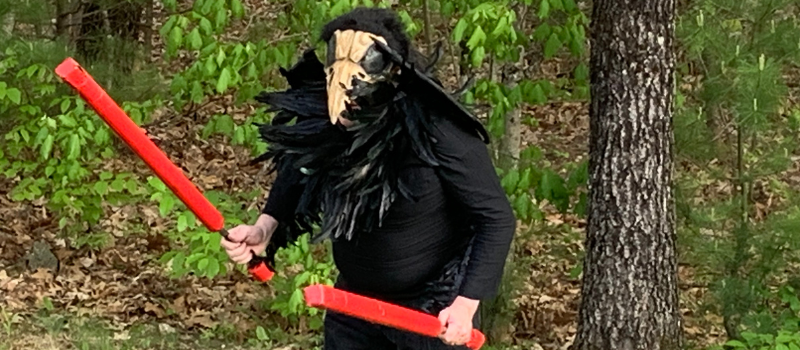
For my plot I created 2 Prydaint Beasts; a greater Prydaint and a lesser Prydaint and gave them different stats and different costumes, the larger being visibly more evil looking. I planned for various encounters with 5 NPCs playing the lesser Prydaint and greater Prydaint over various weekends. When choosing their stats, I chose combat and weapon skills that matched the vision I had of the creature from my childhood fairytale book and the costumes that I created;. 2 add long claws and poison skills. I then considered the objectives of my plot and reviewed our players skill distribution and how I could challenge the characters. I added the abilities to elude and to fly so that they wouldn’t be hindered by terrain modifiers that limited the players, such as physically delimited areas that represented long, lethal falls if the players stepped there.
The final result is that I “scaled” my new lesser Pyrdaint to the current average player in our game and the greater Prydaint to our more experienced players.
In addition to scaling the stats of the Beast/ Monster /NPC Character you can also control the scale by increasing or decreasing the number of NPCs that are included in the encounter(recycle if needed), by increasing or decreasing the hit points, and by changing the timing on the frequency of the skill refresh.
Summary of Stat Considerations
 Create any “new beast” (NPC) Skills based on level of current game Characters
Create any “new beast” (NPC) Skills based on level of current game Characters
 Use Event Registration character skill summary
Use Event Registration character skill summary
 Increase or decrease # of NPC based on # of and Skill level of PC
Increase or decrease # of NPC based on # of and Skill level of PC
 Increase decrease hit points to scale encounter
Increase decrease hit points to scale encounter
 Change skill refresh frequency to scale encounter
Change skill refresh frequency to scale encounter
How Many Deaths Is Too Many?

Character deaths are a given in most games. Depending on the style of the game, the risk can range broadly and be strongly driven by player agency. Many games have a death mechanism that allows a character to resurrect and not suffer a permanent death.
Your game may have a:
.png) limited number of resurrections
limited number of resurrections
.png) chance of permanent death
chance of permanent death
.png) chance of resurrection
chance of resurrection
.png) risk versus reward component
risk versus reward component
Whatever the case, when a character dies, the character, the player, and the cast around them will have opinions of what happened and stories to tell.
There is no right or wrong answer for the right number of deaths. Some of the best war stories focus around noble deaths that characters have taken. However, if the number of permanent deaths in a weekend is high or the death circumstances are not deemed to be equitable it can hurt the credibility of a plot team.
Understanding Your PCs Skill Levels
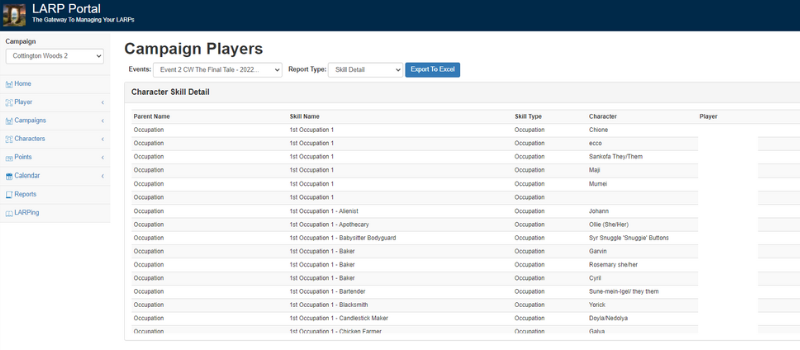
Plot teams, and even players building their characters, understand the value of event and game summary level character skill information. A balanced player base - filling in gaps helps the game.
LARP Portal provides tools to make it easier for Plot staff to correctly stat your encounters and modules. Our database allows you to define skill types so you can select exactly what is important to help you monitor the number of specific skills purchased - and/or characters registered with that skill for the upcoming event.
And bringing it back to our BLOG Title…How many characters can we kill this weekend?
If there are no characters coming to your next event that have a 'LIFE' spell or ‘RESURRECTION’ ritual, then maybe rethink how many NPCs that are killing blow active!
Share Your Experiences and Strategies
We want to hear your stories! Please share your experiences and strategies for statting your NPCs in the comments below. If you have a particular strategy that has worked for you, or if you've tried something that didn't work out so well, let us know.
Conclusion
War Stories! A noble LARP death is one of the most common. To my wife’s dismay, I have often told the story of my own permanent death as my bard Jericho. I HATED losing that character.
If you're going to have a high risk death weekend, make sure you know your characters skills levels and how your players will react.
Great delivery. Great arguments. Keep up the good work.
Latest Blogs

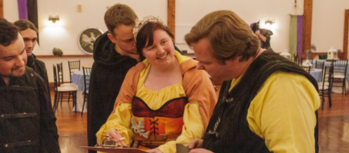

.png )




.png )

